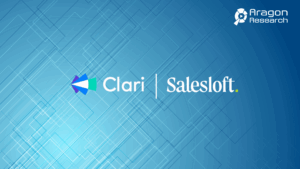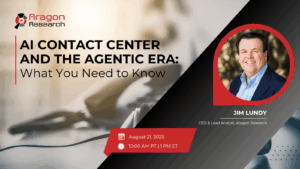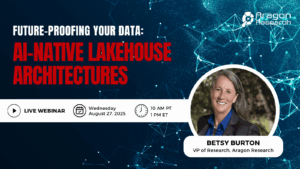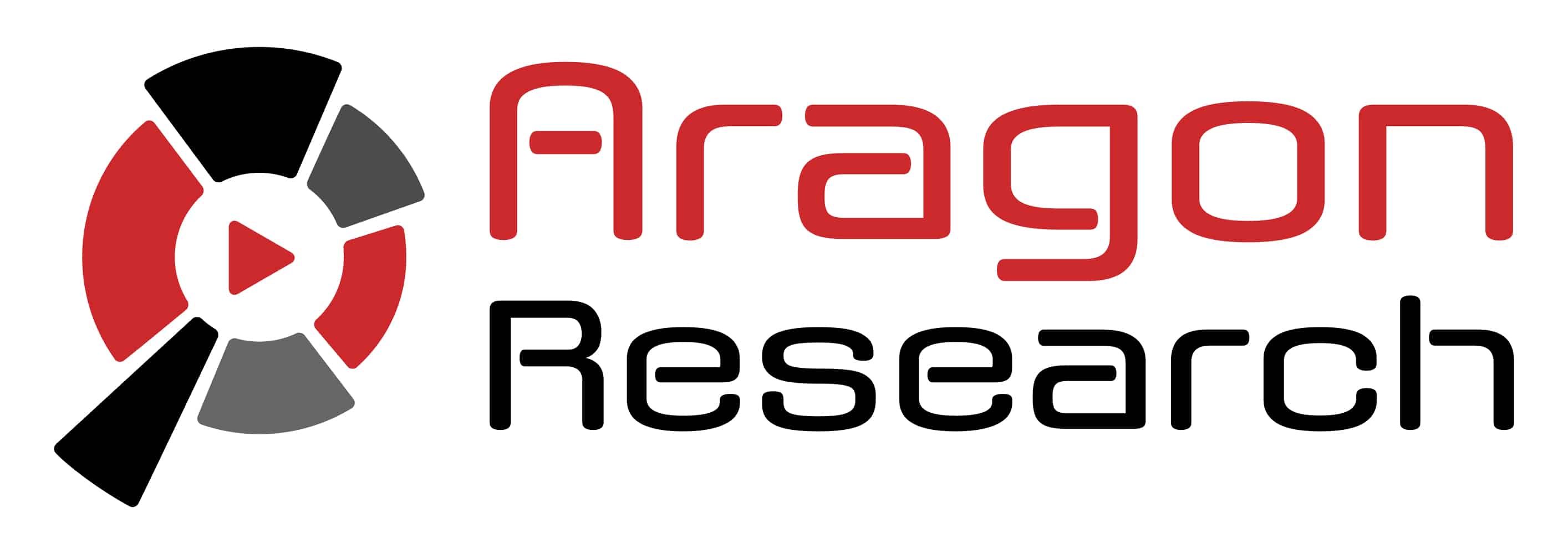Clari and Salesloft Merge: A Strategic Move in the Age of AI Agents

Clari and Salesloft Merge: A Strategic Move in the Age of AI Agents
The technology market’s consolidation continues to produce new powerhouses, and the sales technology sector just witnessed a landmark event. Revenue Orchestration leader Clari and Sales Engagement leader Salesloft have announced their merger, creating a new, formidable entity focused on Revenue AI.
The combination aims to deliver an “Autonomous Revenue System” where human sellers and AI agents collaborate seamlessly.
This blog analyzes the strategic drivers behind this significant deal and what it means for the future of sales.
The Vision: An End-to-End Revenue AI Platform
The public rationale for the merger is the creation of a definitive category leader in Revenue AI. By combining forces, the new company seeks to deliver an unparalleled, end-to-end platform for all revenue-generating teams. The vision is to unify Clari’s deep capabilities in forecasting and deal inspection with Salesloft’s robust top-of-funnel engagement and communication workflows.
This integration will create a vast and comprehensive dataset, combining billions of revenue actions and data signals into a single source of “Revenue Context.” This rich context is what Aragon calls a Knowledge lake. Of course it can serve as an essential foundation for training and deploying effective AI models and agents. The ultimate goal is to deliver an autonomous system that guides both humans and AI, moving revenue operations away from siloed data and intuition-based decisions toward predictable, data-driven growth.
Analysis: A Defensive Play Against the Rise of Agentic AI
While the offensive vision of an all-in-one platform is compelling, this merger is also a calculated and strategic response to a major market disruption predicted by Aragon Research: the rise of Agentic AI. The market for Sales Communication and Engagement, where Salesloft has long been a leader, is directly in the path of this disruption.
Aragon has forecasted that Agentic AI will automate many of the core tasks that these platforms enable. Emerging AI Sales Agents, such as the AI Sales Development Representative (SDR) models being developed by Salesforce and others, are designed to execute outreach cadences, send emails, and manage initial prospect communications autonomously. This capability presents an existential challenge to standalone engagement tools, risking their commoditization.
Viewed through this lens, the merger is a brilliant defensive maneuver. For Clari, it provides direct access to the massive volume of top-of-funnel engagement data generated by Salesloft—a critical ingredient for training more powerful AI. For Salesloft, it pivots the company away from the existential threat of being replaced by an AI agent. By embedding its capabilities into a broader Revenue AI platform, Salesloft becomes part of the operating system that deploys AI agents, rather than a tool the agent replaces. This new, combined entity is now better positioned to compete not just with other point solutions, but with the AI ambitions of CRM giants.
What Should Enterprises Do?
This merger is a clear signal that the sales technology market is fundamentally shifting from individual tools to integrated, AI-powered platforms. Enterprises must adapt their strategies accordingly.
- Watch the Integration: Customers of either company must closely monitor the product roadmap. The success of this merger will hinge on how well the two platforms are integrated to create a truly seamless workflow and a unified data model.
- Evaluate Your AI Strategy: The announcement should prompt enterprises to accelerate their evaluation of Agentic AI. Begin piloting AI SDRs to understand their capabilities. The future buying decision will be less about a single tool’s features and more about how a platform’s AI engine can drive outcomes across the entire revenue lifecycle.
Bottom Line
The merger of Clari and Salesloft creates a dominant force in the Revenue AI market, uniquely combining top-of-funnel engagement with back-end orchestration and forecasting. However, the deeper story is its strategic positioning in a world where Agentic AI is set to redefine sales engagement.
The value is shifting from the application to the underlying data and AI that power autonomous action. For enterprises, the message is clear: the future of sales is a platform-centric, AI-driven discipline, and the time to start building that future is now.
UPCOMING WEBINARS

AI Contact Center and the Agentic Era: What You Need to Know
The age of AI is no longer a future concept; we have officially entered the Agentic Era, where intelligent agents are becoming core members of your contact center team. This fundamental shift introduces a powerful new dynamic, with digital and human agents working side-by-side to redefine customer engagement and operational efficiency. In our webinar, Aragon Lead Analyst Jim Lundy will help you understand exactly what you need to know about this transformative period. We will equip you with the actionable insights and strategies you need to prepare your enterprise for this evolution.
Key Trends being covered:
• The current state of Contact Center – and how AI is shaping it
• The Agentic Agent Era and how Contact Centers will leverage it
• Best Practices for gaining a competitive advantage
Register today to ensure your organization is ready to lead the charge in this new era of intelligent customer service.

Future-Proofing Your Data: AI-Native Lakehouse Architectures
As data environments evolve, so too must their underlying architectures. This session investigates how AI-native lakehouse architectures are key to future-proofing your data. We’ll cover why embedding AI capabilities at an architectural level is becoming important for scalable analytics and timely insights, providing a framework for designing a lakehouse that is not just compatible with AI, but inherently designed for it.
- What defines an “AI-native” lakehouse architecture?
- What are the key architectural components of a truly AI-native lakehouse?
- How do AI-native lakehouse architectures contribute to long-term data governance, scalability, and adaptability?

Have a Comment on this?